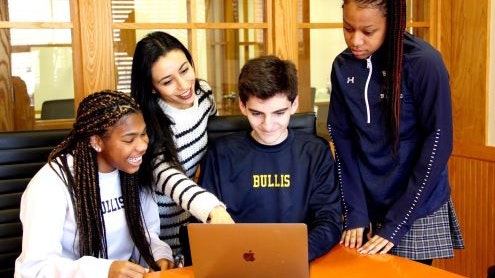Homepage
•
Learning Library
•
Blog
•
What works: Computational Thinking Plays Big Role in Learning About Moral Development
Expand breadcrumbs
Expand breadcrumbs
- Learning Library
- Blog
- What works: Computational Thinking Plays Big Role in Learning About Moral Development
- Homepage
- •
- Learning Library
- •
- Blog
- •
- What works: Computational Thinking Plays Big Role in Learning About Moral Development
What works: Computational Thinking Plays Big Role in Learning About Moral Development
By Jerry Fingal
September 30, 2020








